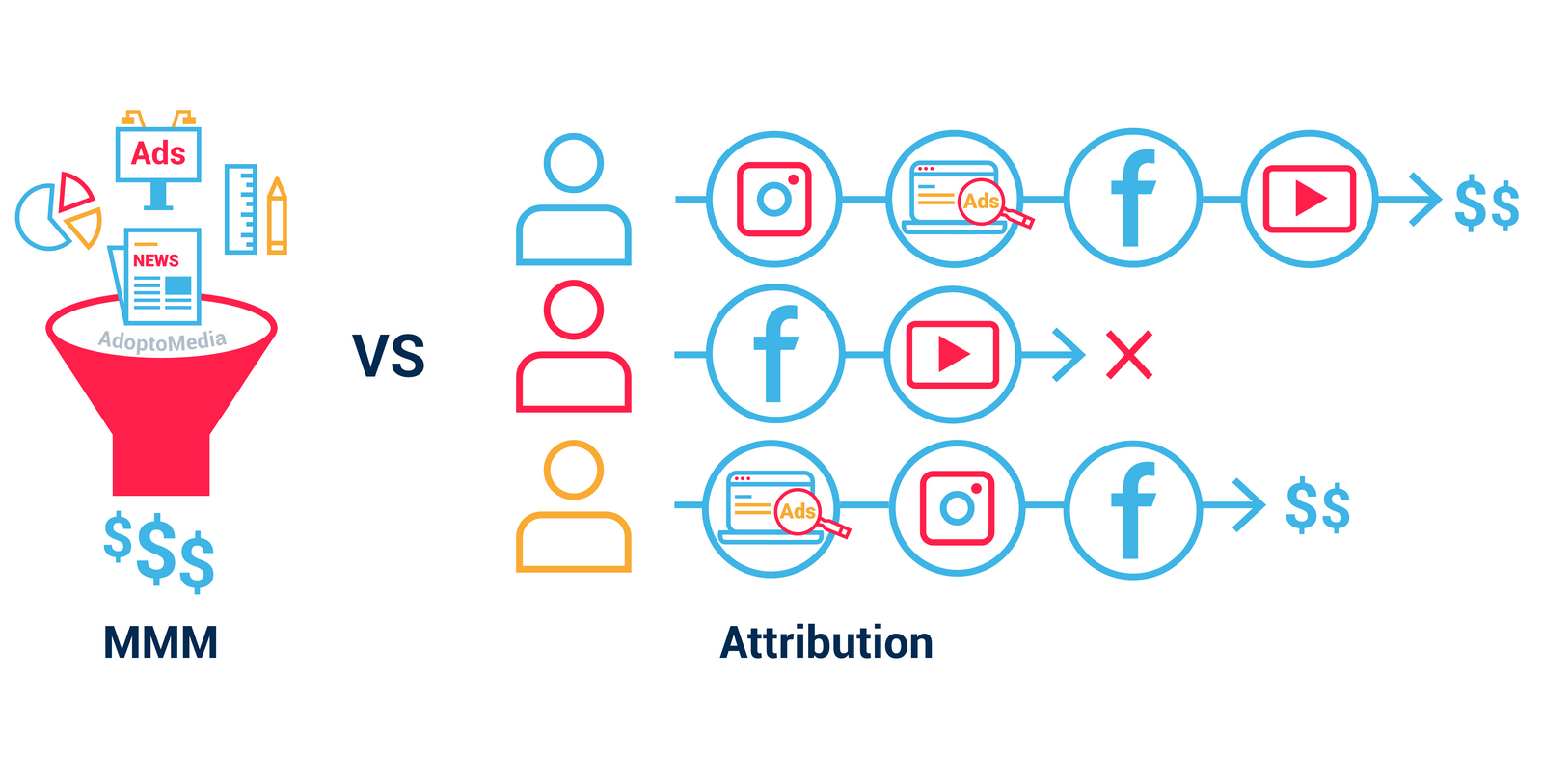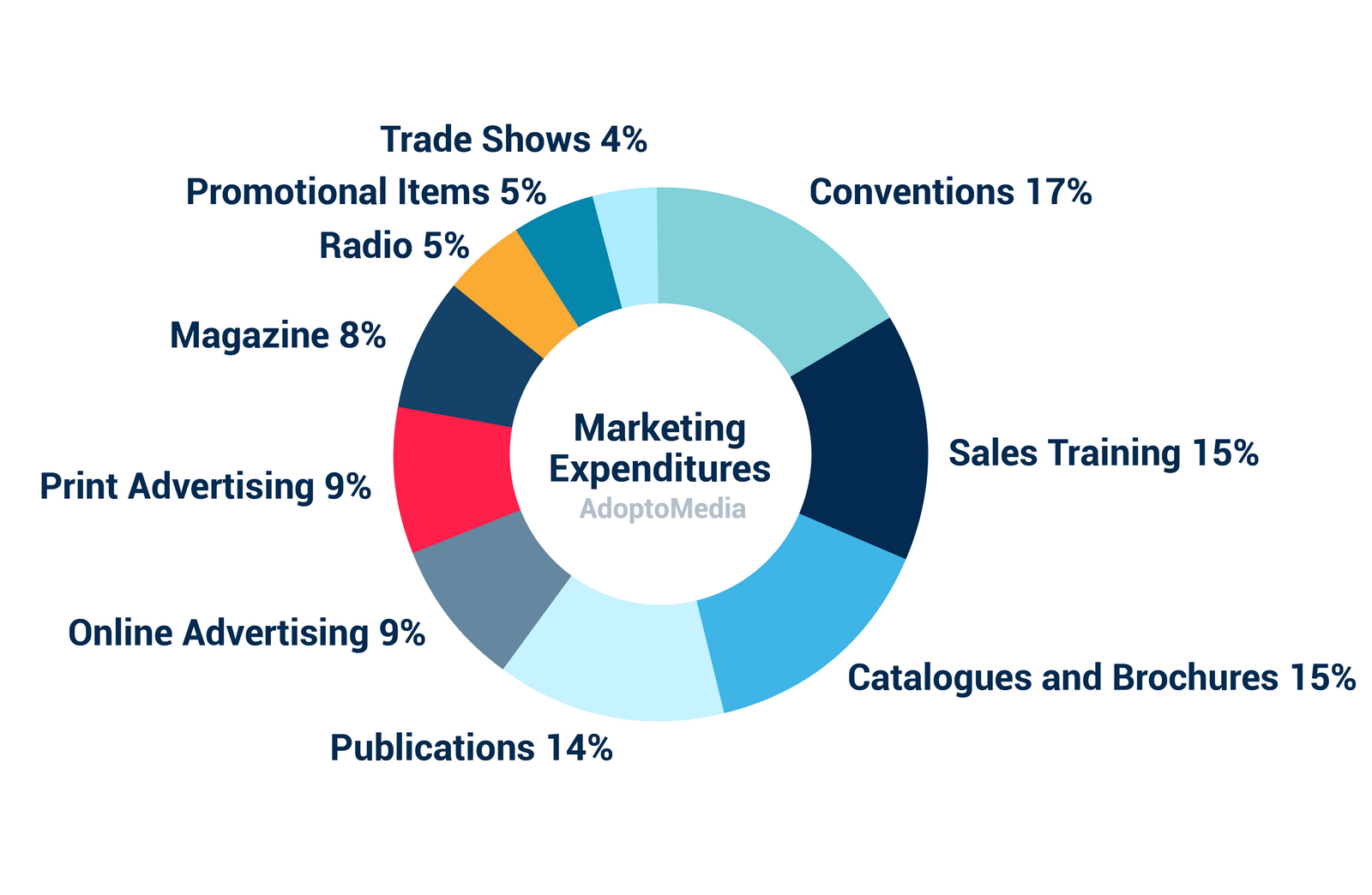
We are trying to keep you updated on all marketing measurement trends, that’s why we prepared an article on the use of measurement tools after the phase-out of cookies and IDFA. Get ready to privacy changes and apply solutions that won’t be affected by the new conditions. See how MMM, MTA, brand studies and other approaches are going to function without third-party cookies.
According to EXL Service, retail CMOs and marketing managers invest 8-10% of their sales revenue into marketing. An important thing here is to distribute this budget between different media channels in the most effective way and make sure that all the money spent pays off. What we need is metrics that accurately reflect ROI on a sufficiently granular level; unfortunately for now, media measurement is not keeping pace with business needs in this rapidly changing media landscape, shifting from TV to a multi platform video. On CIMM’s request, the current state of marketing/media ROI analysis was analyzed. The Coalition for Innovative Media Measurement (CIMM) is a group of content providers, buyers and sellers promoting innovation for Television, Internet, Mobile and cross platform audience measurement in the USA. Among CIMM members are CBS, Discovery, NBC, P&G and The Walt Disney Company.
In this article we are going to provide a brief overview and comparison of two major tools that are currently used to measure marketing/media ROI, which are:
- Marketing Mix Models (MMM)
- Attribution
Attribution and MMM are different analyses that are implemented with the same purpose: to find out if the budget is right, how to fine tune the media mix and where to increase or cut investments to yield the best results.
MMM is an analysis technique that quantifies the impact of each element in marketing and advertising campaigns in terms of ROI and effectiveness, which involves regression and other statistical approaches for assessing the impact of budget allocated by channel on incremental sales.
Attribution is the process of determining which marketing stimuli or touch points consumers encounter before “conversion” – purchasing the product. It includes digital, television, multi-touch and cross-channel attribution.
In the table below you can see the strengths and weaknesses of the two.
| MMM |
|
They provide a complete model which explains most of the fluctuations in sales
|
|
Statistical techniques are time-tested and proven.
|
|
They are well understood by management.
|
|
They take into account all major sales drivers like seasonality, competitive activities and trade
and consumer promotion. |
|
They are unlikely to give undue credit when it comes to cross-media contributions
|
|
There are no concerns about privacy with the data
|
|
They operate at too macro levels and are slow and backwards-looking.
|
|
They usually are conducted only once a year.
|
|
The results they offer are not granular enough to drive tactical decisions and optimization
|
| Attribution |
|
It accounts for media placements and creative executions as well as their synergistic combinations
|
|
It offers highly granular outputs with the possibility to update models weekly, which allows to
influence timing and tactical decisions. |
|
It operates at a micro level (individuals, households, devices and events).
|
|
It implements the newest techniques like AI and game theory
|
|
The most advanced systems connect the results to Data Management Platforms, online marketplaces and
dynamic ad targeting |
|
It can attribute too much credit to digital if other factors aren’t taken into account.
|
|
Most systems do not account for a baseline of sales, or consumers’ prior purchase habits.
|
|
The quality of HH-level data can be questionable and timing slow
|
|
It involves untested data and techniques.
|
|
It hasn’t been used long enough to figure out what suits best for certain purposes.
|
|
The results depend on adding offline media information
|
|
It does not always consider factors like promotion, price, brand momentum or weather and economy.
|
|
It’s techniques are not transparent enough.
|
| MMM | Attribution |
|
They provide a complete model which explains most of the fluctuations in sales
|
It accounts for media placements and creative executions as well as their synergistic combinations
|
|
Statistical techniques are time-tested and proven.
|
It offers highly granular outputs with the possibility to update models weekly, which allows to
influence timing and tactical decisions. |
|
They are well understood by management.
|
It operates at a micro level (individuals, households, devices and events).
|
|
They take into account all major sales drivers like seasonality, competitive activities and trade
and consumer promotion. |
It implements the newest techniques like AI and game theory
|
|
They are unlikely to give undue credit when it comes to cross-media contributions
|
The most advanced systems connect the results to Data Management Platforms, online marketplaces and
dynamic ad targeting |
|
There are no concerns about privacy with the data
|
|
|
They operate at too macro levels and are slow and backwards-looking.
|
It can attribute too much credit to digital if other factors aren’t taken into account.
|
|
They usually are conducted only once a year.
|
Most systems do not account for a baseline of sales, or consumers’ prior purchase habits.
|
|
The results they offer are not granular enough to drive tactical decisions and optimization
|
The quality of HH-level data can be questionable and timing slow
|
|
It involves untested data and techniques.
|
|
|
It hasn’t been used long enough to figure out what suits best for certain purposes.
|
|
|
The results depend on adding offline media information
|
|
|
It does not always consider factors like promotion, price, brand momentum or weather and
|
|
|
It’s techniques are not transparent enough
|
As we can see, neither of the techniques is perfect, and the idea to integrate the strongest aspects of the two approaches to achieve the best results seems quite obvious. That is the challenge marketers are facing today, since no validated linking technique has been provided yet. There have been talks about a two-staged model where firstly, a traditional MMM would be applied and then Attribution would be used to further process the results. It’s worth mentioning though that while MMM and Attribution began focused on different ends of media spectrum, they have started moving towards each other by including the spheres they hadn’t previously analyzed, like integration of TV and other offline media channels by attribution and digital media by MMM. Currently there are at least 26 various modeling techniques across the spectrum of Marketing Mix Models and Attribution.
A recent study by the Mobile Marketing Association showed that 39% of marketers currently use multi-touch attribution and that figure is expected to reach 75% in the next two years.

Most TIER-1 companies employing a full media mix (TV, radio, OOH advertising, Internet, printed press) to promote their services need to effectively allocate the media budget among their ad channels. You can see how in this Case Study of Modeling a Bank’s Media Mix CheckMedia Solution by Adopto Media was used to navigate investment strategies. Implementing machine learning and BigData helped to develop a forecasting model as well as optimize ad budget for 2017 through optimum allocation of budget between different media channels, which resulted in 15% ROMI increase due to elimination of inefficient ad channels.
